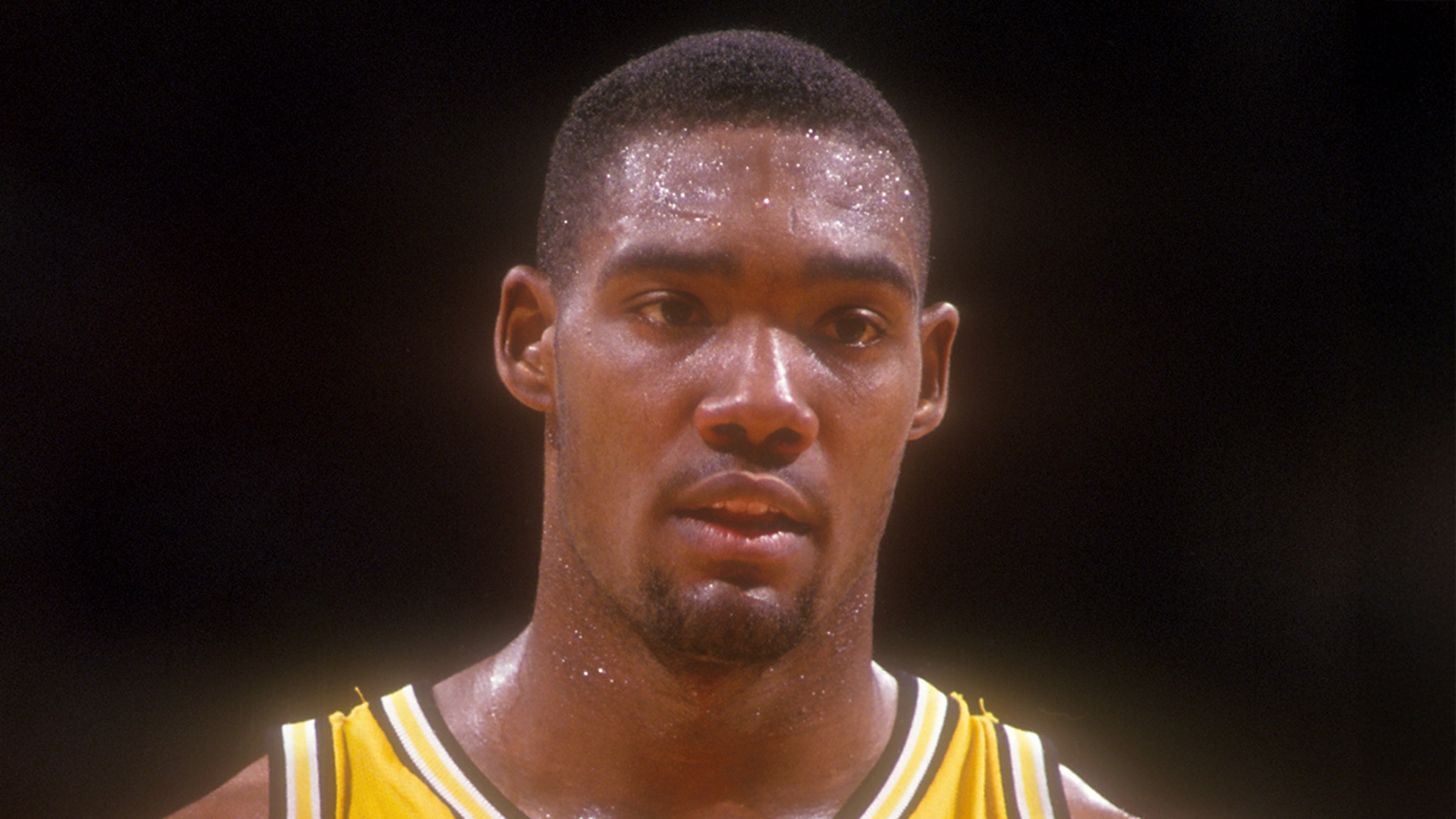Entertainment
Former NBA Star Rodney Rogers Dead at 54

Basketball Standout Rodney Rogers
Dead at 54 …
College Star, Sixth Man of the Year
Published
Rodney Rogers — a basketball star who shined in college and went on to have a productive NBA career — has died … his alma mater, Wake Forest University announced.
WFU’s athletic department released a statement from Rodney’s wife, Faye, Saturday morning … stating Rogers passed away peacefully Friday surrounded by loved ones.
Faye mentions Rodney rising above adversity — he was paralyzed from the shoulders down in a 2008 ATV accident — keeping upbeat and joyful despite all his challenges. Faye did not reveal a cause of death.
Rogers rose to prominence during his tenure at Wake Forest … making an immediate impact as the Atlantic Coast Conference’s Rookie of the Year during the 1990-1991 season — an award he won over future Basketball Hall of Famer Grant Hill.
In the 1992-1993 season, Rogers averaged more than 21 points and 7 rebounds again on his way to winning the ACC’s Player of the Year Award … which led to the Denver Nuggets drafting him with the ninth overall pick.
Rogers spent the next 12 seasons bouncing around the NBA … playing for the Nuggets, Los Angeles Clippers, Phoenix Suns, Boston Celtics, New Jersey Nets, New Orleans Hornets, and the Philadelphia 76ers. Rogers won Sixth Man of the Year honors with the 1999-2000 Suns and retired in 2005.
As we mentioned … in 2008, Rogers was involved in an ATV crash near Raleigh, North Carolina. He drove into a ditch and flipped over the handlebars. He was rushed to a local hospital, then flown to a treatment center in Atlanta, which specializes in spinal and brain injuries.
Rogers never walked again, but it didn’t stop him from making an impact on his community. He helped found the Rodney Rogers Foundation through which he encouraged others living with spinal injuries … and many of his friends and family are remembering him as a positive influence on many lives.
Rodney’s survived by his wife Faye — whom he married in 2010 — his daughters Roddreka and Rydiah, his sons Rodney II and Devonte Rogers, Eric Hipilito … who Faye says he “embraced as a son” … and his mother, Estelle.
Rodney was 54.
RIP













